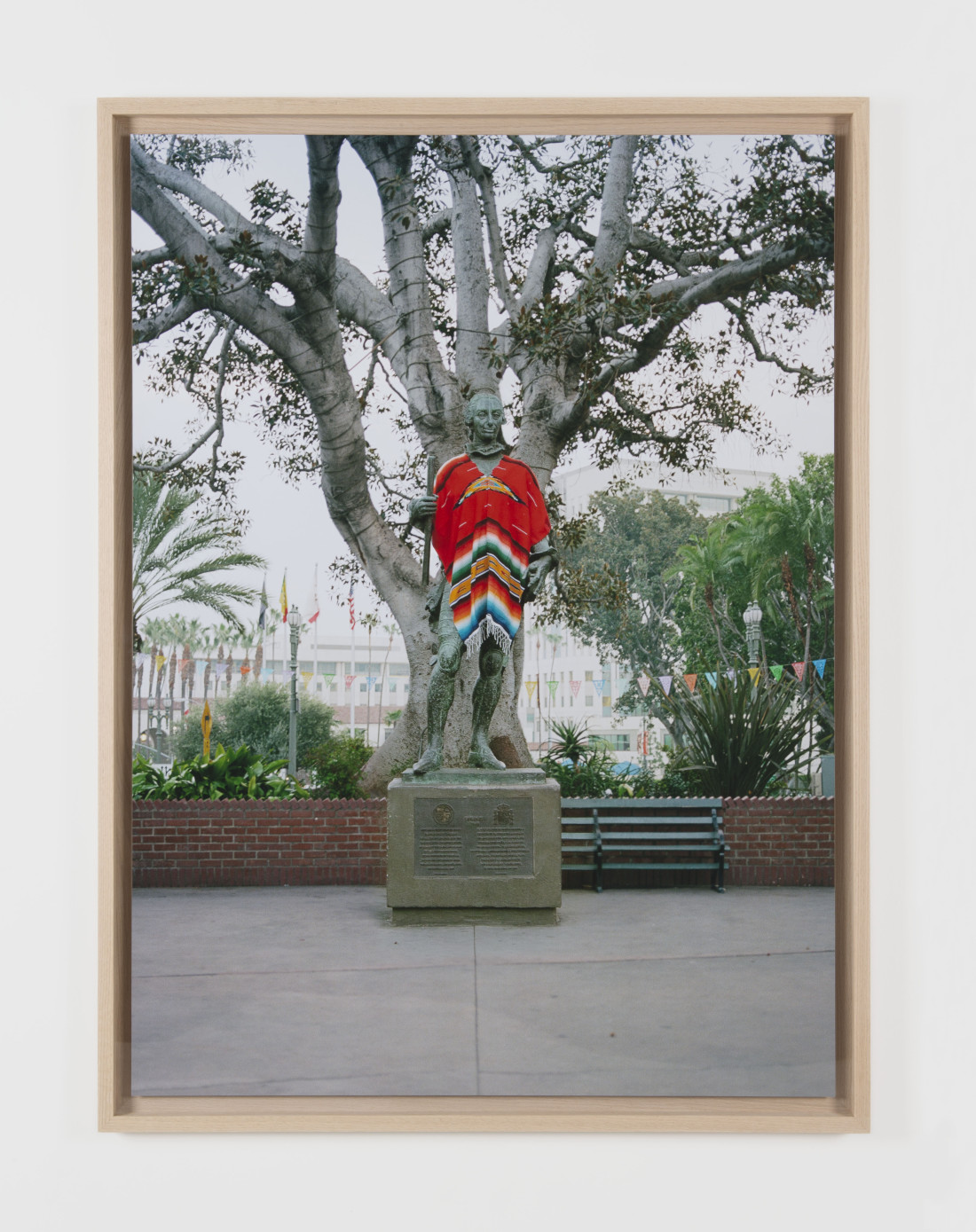While talks of a wall along the U.S.-Mexico border are still in play, two Asheville-based artists are bulldozing any walls that may exist between American and Latin American creatives. Randy Shull and his partner/“co-conspirator” Hedy Fischer will open ¡Viva! on Saturday, Sept. 16 — aka Mexican Independence Day — at exhibition space 22 London. The show features more than a dozen contemporary Latin American artists.
“It’s particularly pertinent now, in the current political climate, when many immigrants are being marginalized,” says Fischer. Though politically-charged, Fischer and Shull don’t want to make a political statement per se. They explain that the show is directed more at curators than Republican leaders. “Not many museums are interested in featuring Latin American art,” says Fischer. “So, there is this gap in representation.”
Despite several waves of immigration from Mexico and South American countries to the U.S., Latin American art continues to be overlooked, “especially in places that aren’t California, Texas, Florida or New Mexico,” notes Shull.
In The New York Times column “The Other Side of the Wall: A New Generation of Latino Art,” contributor Kirstin Valdez Quade unpacks the idea of “borders” — both the constructions that divide countries and the less tangible partitions that divide people. She argues that borders have kept Latinx (a gender-neutral descriptor) artists underrepresented in American galleries, with the only significant exhibition occurring at the Museum of Modern Art in 1942. But she also wanders into an artistic no man’s land that Fischer and Shull, both part-time residents of Mexico, want to explore: identity.
“What does it mean to be an insider? What does it mean to be an outsider?” Shull muses.
“Turistas (Roi Charles III d’Espagne)” by Iván Argote, in Shull and Fischer’s show, embodies the double binds that people of color experience in postcolonial cultures. In this photograph, a century-old statue of King Charles III strikes a stately pose. But Argote, a Colombia-born artist famed for his bold installations in public spaces, has placed an indigenous shawl around the monarch’s shoulders. “My works are reflections about the way we behave, about how we understand our close environment and about how this close environment is related with history, traditions, art, politics, and power,” he says in an artist’s statement.
“Argote’s work is powerful,” says Shull.
“But there’s a gentleness there, too. It’s not heavy-handed,” adds Fischer.
Neither is Santiago Sierra’s “89 Huichols.” The piece features black-and-white photos of the Huichol, a Native American people living in the Sierra Madre Occidental range. Each image has been taken from behind, since the tribe rarely consents to being photographed. On one hand, explains Fischer, the shooting style nods to the tribe’s values. “But it says a lot about the indigenous people being marginalized by higher socioeconomic groups as well,” she notes.
The sheer size of Sierra’s art — 12 feet tall by 6 feet wide — adds nuance, too. “You can’t just judge ‘89 Huichols,’” says Shull. “You must confront it.”
Besides sharing Latin American roots, all of the artwork curated for ¡Viva! is large. Wanting to capitalize on the lofty ceilings in their 10,000-square-foot warehouse-turned-studio, Shull and Fischer chose more substantial pieces from their travels in Latin America. “One Flew Over the Void (Bala Perdida)” by Javier Téllez even incorporates a multimedia aspect. The 11-minute video documents a parade organized by Téllez in Las Playas, on the border of Tijuana and San Diego. The parade features passers-by and patients from a local psychiatric hospital and ends with a circus performer being shot out of a cannon over the Mexico-U.S. border. It’s strange, yet sobering.
“It makes an absurdist statement on the extent some people go to enter America. They risk their lives,” says Fischer.
She sees ¡Viva! sparking a much-needed dialogue on racism and immigration reform. Still, it’s important to note that the show breaks from their other exhibitions, which typically feature local artists. As owners of Pink Dog Creative, a studio and community hub on Depot Street, Fischer and Shull provide WNC artists with space to create and show their work. 2016 saw Ashevillecentric exhibits like Randy Siegel: In Search of The One — an exploration of love by painter Randy Siegel — and Zona Torrida: Photographs from Mexico and Peru by Eric Baden, a photography professor at Warren Wilson College. But as Shull points out, he and Fischer are, after all, “local curators with an international focus.”
Their personal collection is, in that way, exclusive. Over the past 10 years, they have only collected international pieces. Establishing 22 London — a private studio that opened to the public just once a year — afforded the opportunity to show off these pieces. Last May, for instance, they mounted Love, Devotion, and Surrender, a media-based show that featured a group of international creatives. Now, ¡Viva! will follow suit.
“More people are relocating to Asheville from other parts of the world, and they’re used to having international experiences,” says Shull. “We want our show to expose artists to what else is happening in the world.”
¡Viva! runs through Saturday, Oct. 14. All visits past the opening reception are by appointment only. Shull and Fischer hope to eventually donate the exhibition to the North Carolina Museum of Art.
WHAT: ¡Viva!
WHERE: 22 London, 22 London Road, randyshull.com
WHEN: Reception on Saturday, Sept. 16, 6-10 p.m. Free



Before you comment
The comments section is here to provide a platform for civil dialogue on the issues we face together as a local community. Xpress is committed to offering this platform for all voices, but when the tone of the discussion gets nasty or strays off topic, we believe many people choose not to participate. Xpress editors are determined to moderate comments to ensure a constructive interchange is maintained. All comments judged not to be in keeping with the spirit of civil discourse will be removed and repeat violators will be banned. See here for our terms of service. Thank you for being part of this effort to promote respectful discussion.